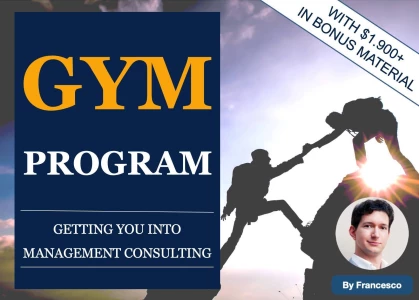Hi everyone,
I had a case that I would like to bring to the attention of the community.
Our client sells 3 lines of cognac - low, medium and high quality.
Low , avg price of 10$, volumes of 25m and profit margin of 10%
Medium, avg price of 20$, volumes of 2m and profit margin of 20%
High, avg price of 50$, volumes of 0.5m and profit margin of 30%
How many bottles of low line of cognac we need to convert into medium to get a +10% increase in profit?
Thankssssss






